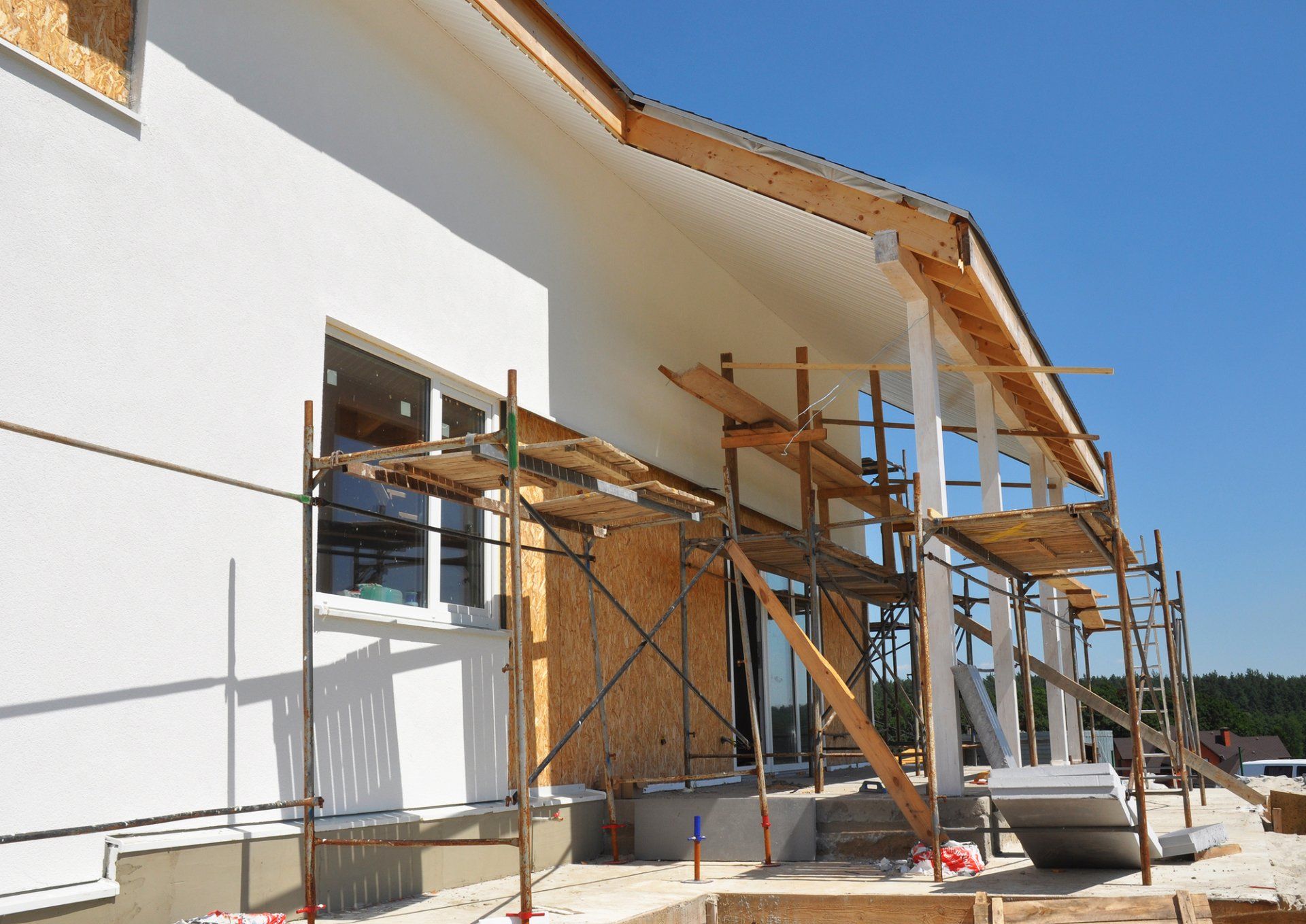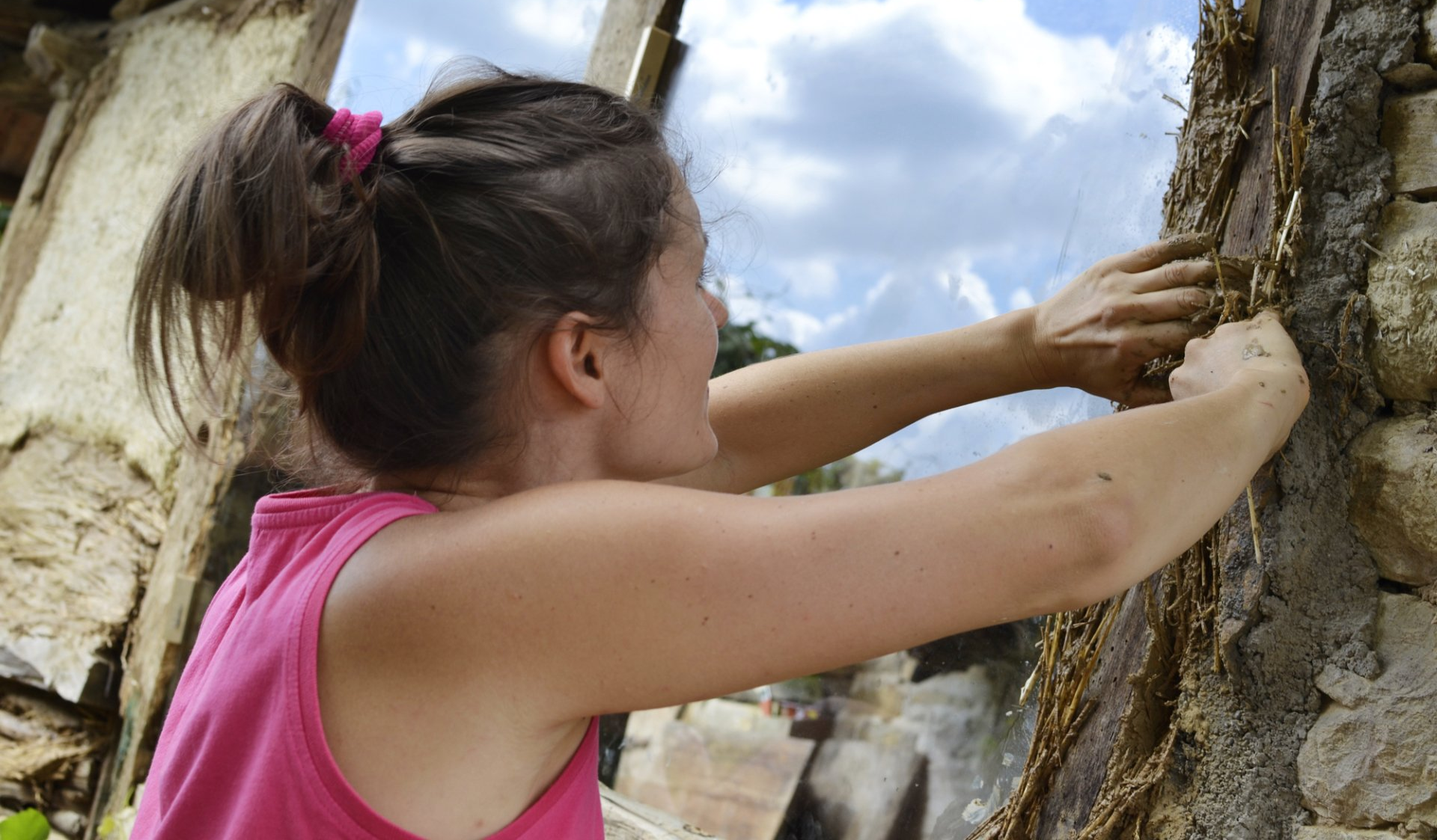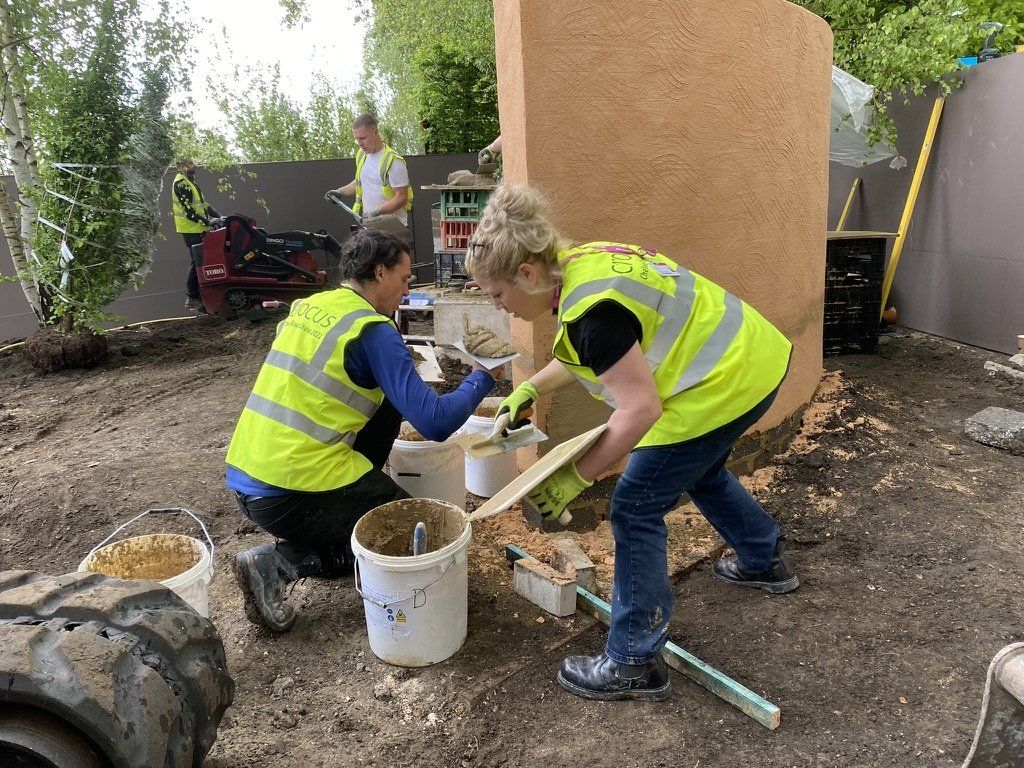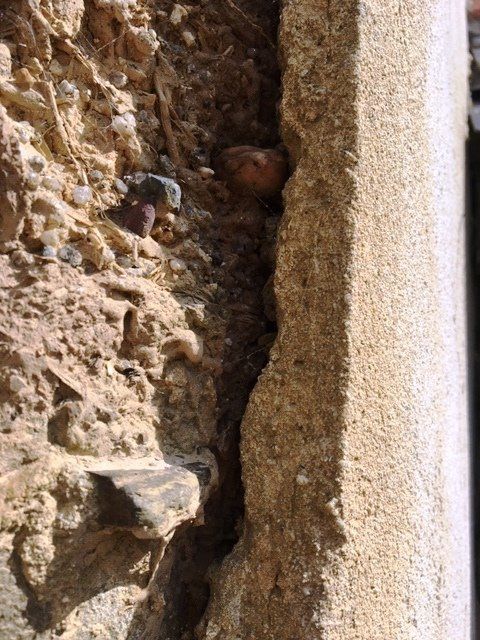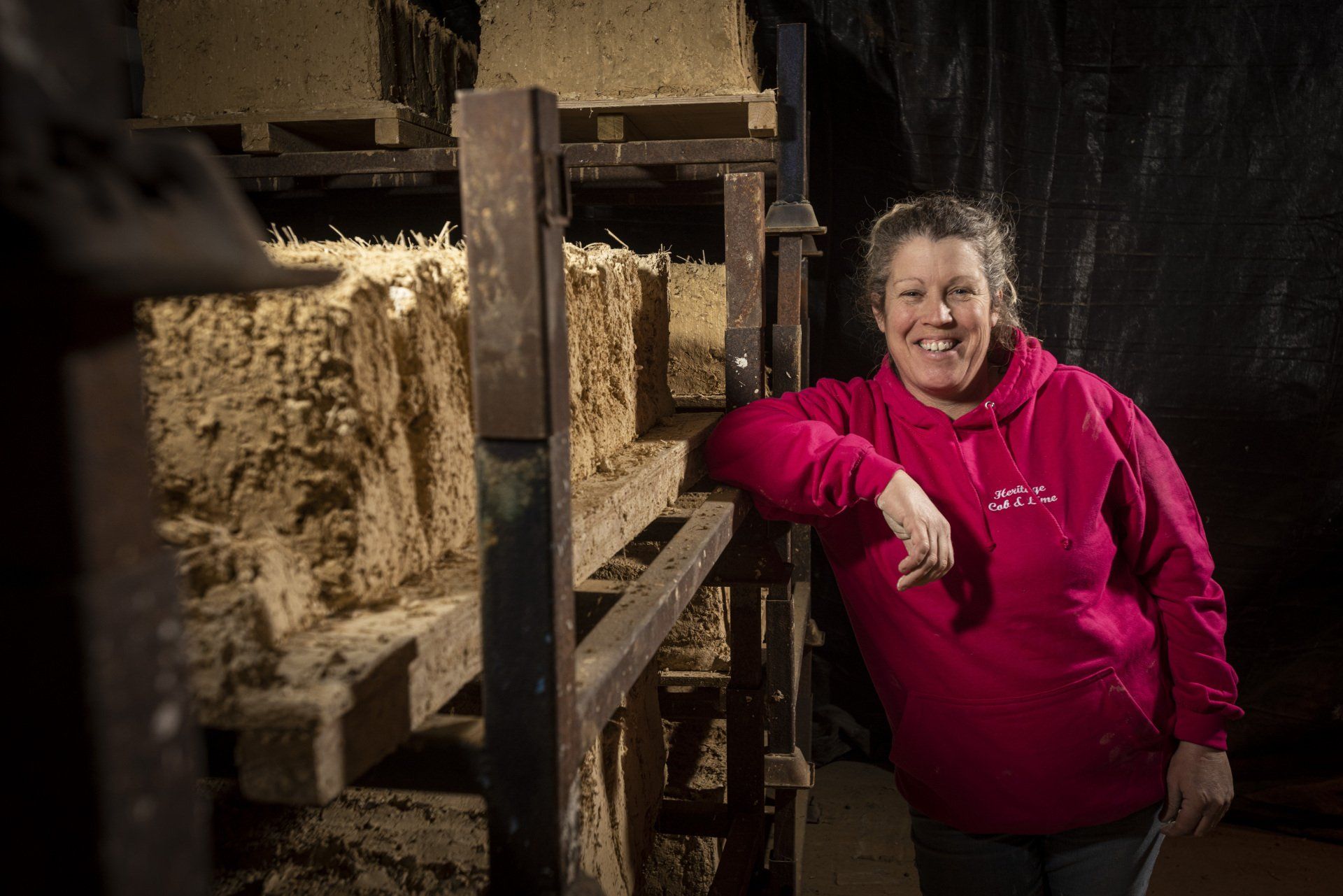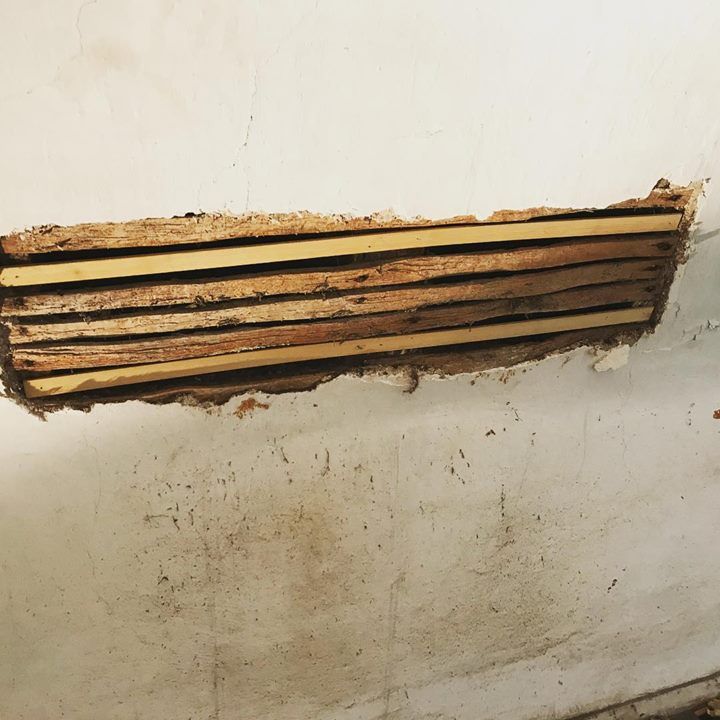Bideford Business Park Unit 20 | Coates Road East-The-Water | Bideford | EX39 4GD
Why ancient cob will always have a place in our modern world
Cob is one of the oldest building materials in the world. A deceptively simple mixture of clay, subsoil, sand and straw, cob is formed when these ingredients are mixed together with water, either by hand or with machinery. During the mixing process, cob becomes a pliable material which can be formed into blocks and bricks, or laid as mass cob and built in stages (lifts).
In homes, cob blocks can be hollowed
out to create extra space and storage. Cob can be curved into archways and easily moulded around windows and door frames. It is so versatile that it can be cleverly modelled into long-lasting sculptures and statues to decorate homes and gardens.
An eco-friendly alternative
Using the natural raw materials, cob is created from products within the earth and from products grown upon the earth’s surface. Cob is the ideal choice if you wish to build a natural habitat, especially if you own a plot of land and use the products of the land to build your home. If you are building a house with cob it will be unique. If you are building your own home, there will be a certain sense of satisfaction that you have created and installed every cob block yourself.
Cob is renowned for being a great insulator for sound and for heat. One of the reasons cob is so popular is due to its density, which creates the sound insulation. Cob is also energy efficient and the reason for this is because cob is capable of storing heat for long periods of time. Cob absorbs the heat from the atmosphere during the day and slowly releases the heat overnight. When the air temperature gets cooler the heat is released from the cob. This clever method of storing and releasing heat gives a house a steady temperature and reduces the need for central heating.
Weatherproofing cob buildings with lime
Cob is naturally durable and can withstand many extreme weather conditions. Many cob buildings have an external overhang of a thatch roof, perhaps half a metre or more. This obviously helps deflect the worst of the weather, however wind driven rain can penetrate even the most hardy of walls over a prolonged period of time.
If rainwater and moisture continually permeate the cob blocks then erosion can occur, especially on the corners of the barn or building which can bear the brunt of the worst storms, wind, rain and snow. This is where lime mortar is traditionally used to coat the outside of the cob and then coated in lime wash which protects the cob from the elements. Many people choose white or cream for the colour when lime washing the outside of their cob houses. However today, we have a larger range of colours available.
Choosing the best materials
To build a house, or barn, animal pen, or even a small oven for your garden, requires skill, time and patience. The larger the construction the more materials you will need and when building any type of cob structure, choosing the best materials will pay off in the long run. There’s no point building a house only for it to have cavities, instability or even collapse, just because the wrong materials were selected in the beginning.
When choosing the clay, it is important to check the sub-soil has a mixture of coarse stones, fine gravel and silt, which will add to the binding strength of the cob blocks. Also, choosing the right straw is an important consideration and barley is preferred because of its strength. Barley is non-brittle and can be grown more quickly than other crops to replenish the stock if you intend to build properties frequently.
The ratio of components is also important and a popular mixture to ensure a useable and effective cob is to use four parts of subsoil with three parts of straw and one part of water. The subsoil should be tested for compatibility before using. Too much clay or silt will produce a poor cob.
These can be mixed by hand or by machine and in the past cob would have been mixed by animals walking up and down on the layers of earth and straw until it formed the right density for using to build solid structures.
An ancient technique with a modern touch
Building with cob may have been around for many, many centuries, but that doesn’t mean cob doesn’t have a place in today’s world. The oldest known cob structure is over 10,000 years old. It is still standing but is likely to have endured because it has been looked after by generations of people. Like all structures, cob buildings need care and attention from time to time. Simple checking for erosion and repairing damage before it becomes a problem is key to the longevity of cob buildings. A fresh coat of lime wash to renew the weatherproofing and protection every so often will extend the life of the cob as well.
Cob buildings have evolved over time and are inhabited by people of all ages. A building once lit by candlelight can now have electricity, solar power, running water and the Internet. All modern conveniences can be installed into a state-of-the-art kitchen, comfortable living areas and productive workspaces. At the end of the day, the sanctuary of a bedroom which is warm from the heat retention in the cob walls will provide somewhere cosy and safe to sleep at night.
